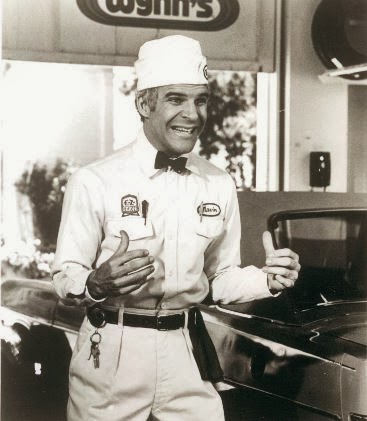On the past I had aulti-effect pedal from ZOOM, but I kicked it away. I wanted to get a clean sound.
So I just have two pedals left:
A Korg tuning pedal
And since today the BOSS BC-X1 bass compressor.
That’s all I need.
On the past I had aulti-effect pedal from ZOOM, but I kicked it away. I wanted to get a clean sound.
So I just have two pedals left:
A Korg tuning pedal
And since today the BOSS BC-X1 bass compressor.
That’s all I need.
Just this ashtray… And the paddle game. The ashtray and the paddle game and that’s all I need.
And this chair. The ashtray and paddle game, and the chair…
My very first thought @Mike_NL top posting ![]()

this is what happens when 90% of the forum grew up at around the same time ![]()
I had one of those I got from Toby. Great pedal.
I just ordered a stack of components from DigiKey to experiment with some pedal circuits. This is the first design I’m going to try out. It lets you narrow your signal down to a lump in the middle that you want to feed through the overdrive and then choose how hard to push that lump through. I’m going to try to eliminate the output level control by making it automatically attenuate the drive signal as much as how hard you push the drive. Then there’s a complete end around run of the clean signal that can be used to set the balance between the clean and the overdrive sound. If the lump being pushed through the drive is smallish, the idea of a blend control doesn’t work as well. That may just turn out to be how much overdrive gets mixed back into the dry signal. I’m going to try to expand the range of the drive knob with the soft clip stage design so it doesn’t just fall off a cliff into distortion, make that as gentle a transition as possible. I’m going for something that just adds a nice texture to the sound to make it more interesting, maybe not even identifiable as being overdrive.
Very cool idea. I’m interested.
This is an awesome idea, especially if you can make it split the input to 3-channel and allow setting independent drives on low/mid/hi with parametric frequencies for each. Then if you add in variable pre-compression for each channel too, and an output filter and level, you have exactly what I do for initial bass tone shaping in Kilohearts Multipass ![]()
Seriously it’s my favorite bass effect; you’d be surprised how much you can do with it ![]()
That one is only using compression on one band but I usually do it on all three.
If you do this you would basically be making the equivalent of Neural DSP Parallax in a pedal. Lots of people would buy that.
Oh, man! I’m looking forward to this. Please take lots of pictures when you do the build.
I’ll definitely let you know before I do so everyone can buy stock in op amps.
Step 1. Build table set up next to the rig. Printed schematic for the traditional blues breaker soft clipping circuit to start from. I’ll get that working first before I start trying experiments.
You’re ahead of me, I really need a dedicated work area for soldering. Not gonna happen with our place, though. So now I do it between my keyboard and my mixer ![]()
That’s a heck of a place to start. The Xotic BB Bass Preamp is based on the Blues Breaker and has a very pleasant gain on it.
Xotic discontinued the pedal due to parts shortages. They told me they will be bringing it back this summer.
I’m really looking forward to seeing your progress @DaveT.
Step 2. Organizing and stocking the workbench. As an homage I used a breadboard as a base for my breadboard. It’s not necessary to have a bench power supply like this. I use this one to run the Christmas train so I happen to have it. Otherwise, a regular pedal supply is fine. Printed out the secret decoder ring for resistor color codes and capacitor equivalent chart.
The execution of SCIENCE begins!
That’s right. Stand back folks, he’s doing science!
Actually I don’t think I have seen a power supply that good since college. Very very nice multimeter with the Fluke there, too.
Need an oscilloscope (or computer with appropriate I/O ![]() )
)
Yep, I am going to try to get by with DAW plugins for any metering.
That Fluke meter has been a real workhorse. It’s been with me since 1991.
I’ll believe that as soon as Kelly Le Brock shows up.
Step 3. Fill in missing information from the schematic. The triangles are op amps on a chip. Needed to look up the PIN numbers snd fill them in and add the power supply pins to the chip.